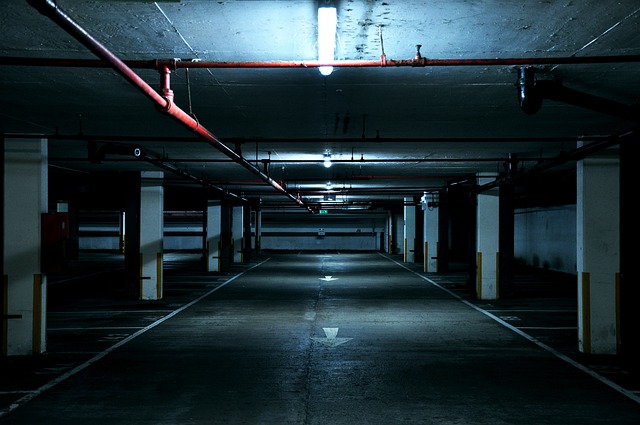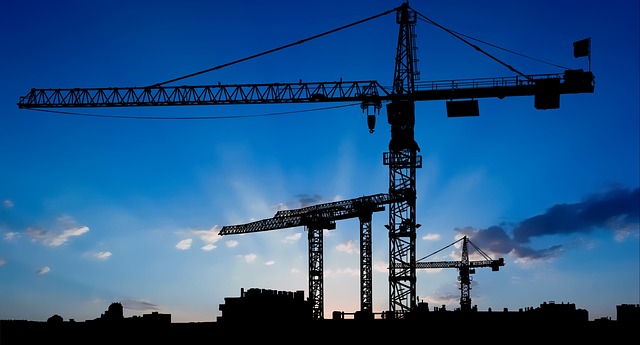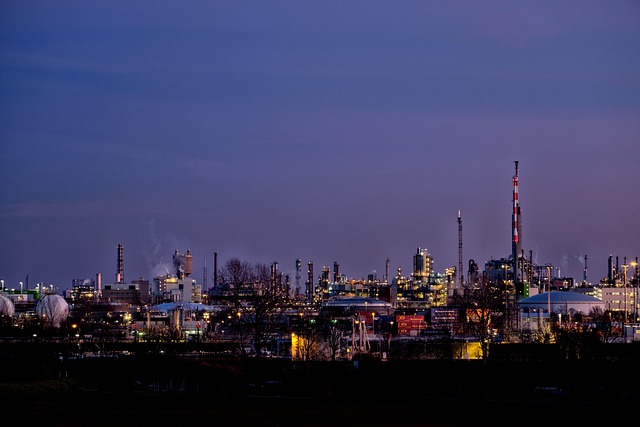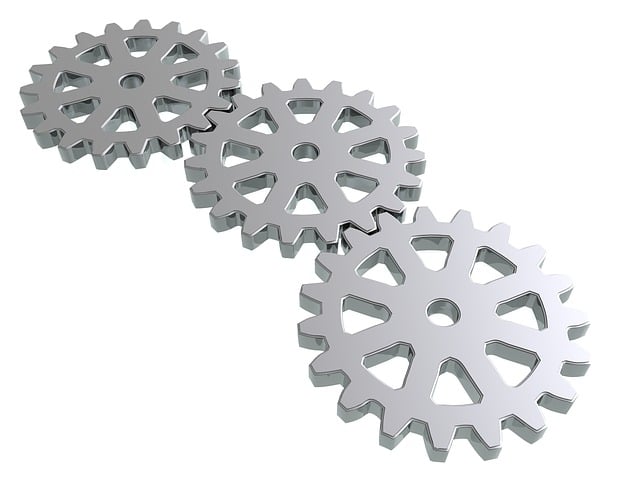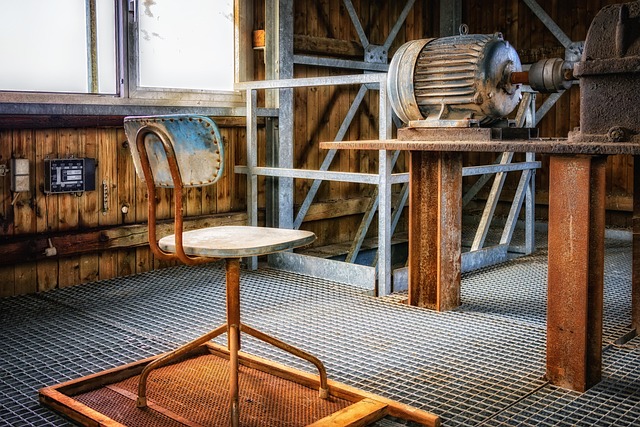Manufacturing facilities require tailored layouts for specialized machines and operations, focusing on dimensions, power needs, and workflow. Real estate optimization strategies include modular designs, vertical integration, lean manufacturing, and robust safety features to maximize productivity while minimizing footprint and downtime.
Manufacturing facilities are not one-size-fits-all. Each production line demands unique layouts and specialized features to accommodate specific machinery, optimize space, and ensure worker safety. Effective real estate planning is crucial for creating efficient, safe, and productive manufacturing environments. From tailored floor plans to advanced safety systems, discover strategies that transform manufacturing spaces into thriving hubs of innovation and output.
Unique Layouts for Specialized Machines
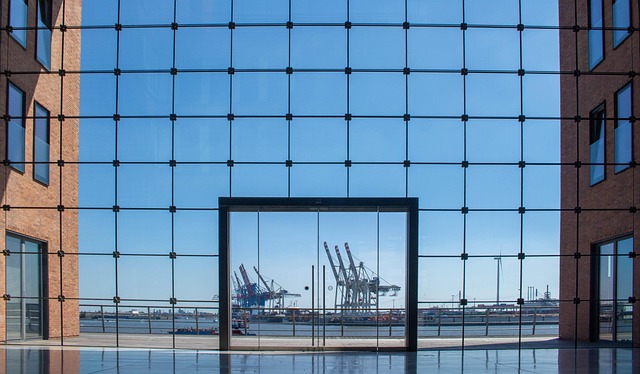
Manufacturing facilities, especially those housing specialized machines, often demand unique layouts tailored to their specific needs. This involves strategic planning and a deep understanding of workflow requirements. Real estate professionals and facility managers must consider the physical dimensions, power requirements, and operational dynamics of these machines when designing or optimizing production spaces.
For instance, assembly lines featuring robust, custom-built machinery may necessitate wider aisles for easy access and maneuverability. Similarly, facilities housing intricate precision instruments require controlled environments with specific temperature, humidity, and atmospheric conditions to ensure optimal performance and longevity. These specialized considerations significantly impact the overall facility layout and real estate utilization.
Efficient Space Utilization Strategies

Manufacturing facilities, given their scale and operational intensity, must masterfully integrate specialized features within a constrained real estate footprint. Efficient space utilization is paramount to maximizing productivity while minimizing land and building costs. Strategic planning involves adopting innovative layouts, such as modular designs that allow for flexible reconfiguration to meet evolving production needs.
Additionally, vertical integration techniques, including elevated work stations and optimized storage solutions, harness limited floorspace. Smart material handling systems and lean manufacturing principles further contribute to streamlined operations, ensuring every inch of the facility contributes to the overall efficiency and competitiveness of the manufacturing process.
Safety Features: A Must-Have Priority
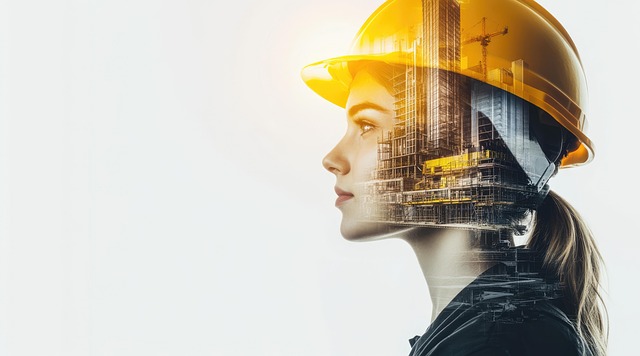
Manufacturing facilities, given their intricate machinery and high-risk operations, necessitate safety features as a top priority in their real estate design. Beyond compliance with regulatory standards, integrating robust safety measures improves productivity by minimizing downtime caused by accidents. Features like emergency shutdown buttons, automatic safety gates, and well-lit, clear walkways not only protect workers but also streamline production processes.
Consideration of these safety aspects early in the planning phase is crucial. Strategically placed fire extinguishers, smoke detectors, and well-designed evacuation routes ensure a swift and safe response during emergencies. Such proactive measures create a favorable work environment, boosting employee morale and fostering a culture of safety awareness among all manufacturing facility stakeholders.
